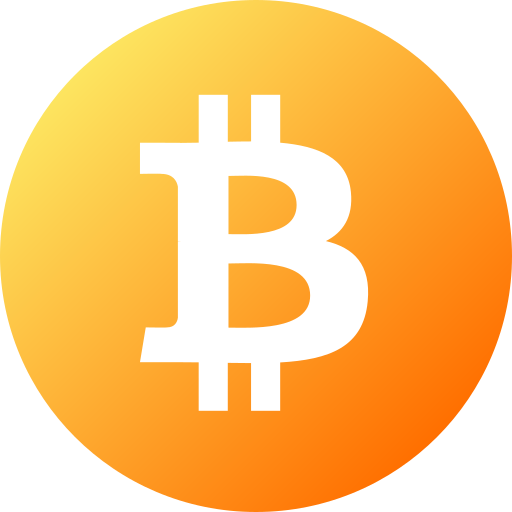Opinion, Opinion On-chain stock trading today is inferior to traditional markets. But we can bet advantages will emerge before too long, says EY’s Paul Brody.
One of the hallmarks of new technology is that, at first, it’s often worse than the one it replaces. I remember sitting in my apartment sometime in the late-1990s and spending a weekend ripping my CDs into MP3s only to get a hard-drive crash and lose all my data on Sunday night. I had a “why am I doing this” moment, and many of the early buyers of tokenized stocks are feeling the same way. And then I repeated the process the following weekend, because I’m a slow learner.
If digital music had started and then ended with Napster and my Rio PMP-300 (because IYKYK) then we could all forget about it. But it didn’t. It got better and now it’s just what we do. So is the pattern we will see with tokenized stocks.
Tokenized stocks today are a notably inferior product to the traditional market offering. I looked through the terms and conditions of eight different on-chain services offering tokenized assets to get a good understanding of what is available. Most are available in the E.U., one is available globally excluding the U.S. and one is available in the U.S. only.
While these can all be considered good efforts, most platforms offering these stocks restrict them in many ways that are tedious and show the underlying infrastructure isn’t really crypto-native yet. The restrictions that exist so far mostly appear to be the result of efforts to comply with as yet not-fully-defined regulations or shortcomings in the underlying markets (such as a lack of weekend hours).
Read more: Paul Brody — Ethereum Has Already Won
For most platforms, trading is available 24 hours a day, but only five days a week. Many tokens carry geographic restrictions and have “know your customers” (KYC)/permissioning restrictions on transfers. These token offerings rarely have voting rights, some do not permit dividends, and most do not allow tokens to be used in any decentralized finance (DeFi) services either.
Stock trading on-chain today is rudimentary and if it were to end here, it would be a tiny market restricted to a limited number of customers who do not have access to major equity markets. Slowly but surely, however, I think we will overcome many of these limitations.
Limits overcome
Take KYC, for example. Though KYC rules are unlikely to go away, as they become standardized, instead of being restricted to trading with a tiny group of people who are using the exact same vendor and partner running the same KYC process, all the small liquidity pools will become interoperable, effectively becoming a larger liquidity pool. And with deeper liquidity will come market-makers willing to support 24×7 trading without any pricing penalty. Increasing regulatory maturity will probably enable voting rights, dividends, and the automation of withholding taxes as well.
All these steps will, in time, make tokenized stock trading largely comparable to traditional stock trading. If we go back to the music analogy that’s okay, but hardly a compelling reason to switch. It will appeal to those who have limited access to stocks today, but if you have on-chain assets and verified KYC, chances are good you can already obtain a bank account and a brokerage account. This means that parity with existing offerings will not be compelling.
We can already see where on-chain offerings are going, and it’s more than parity. The recent Robinhood announcement of a Layer-2 network on Ethereum included the promise of tokenized access to private companies such as SpaceX and OpenAI. Beyond that, the ability to plug on-chain assets into DeFi services and use them as collateral or lend them out for added return will bring many users into the market.
Lastly, I think there is the potential to truly transform corporate governance. Despite several hundred years of experience, shareholder governance leaves a lot to be desired. Many owners fail to exercise any of their rights. It’s hardly surprising given we can barely keep up with real politics. But, with smart contracts, the ability to delegate your voting rights to experts you trust opens a whole new world of informed governance.
Early adoption is often driven by users with unique needs and a tolerance for risk. This is a perfect example of the whole crypto ecosystem, including users who have accumulated assets outside of the entire traditional financial system.
But, over time, we’re going to get from “because we can” to something much better. And, when that happens, the current $3-4 trillion in crypto assets and a few hundred billion in stablecoins will be dwarfed by the $200+ trillion in stocks and bonds that can come on-chain. It’s only a matter of time.
Disclaimer: These are the personal views of the author and do not represent the views of EY.
CoinDesk: Bitcoin, Ethereum, Crypto News and Price Data Read More
